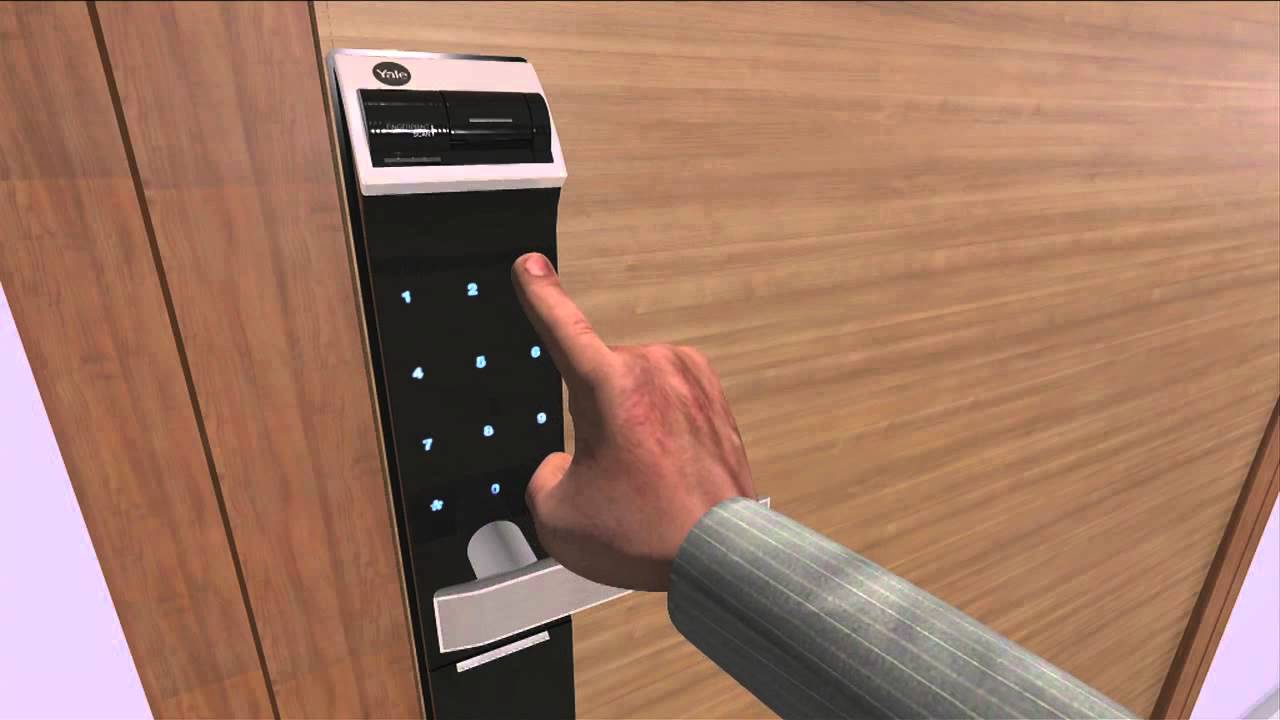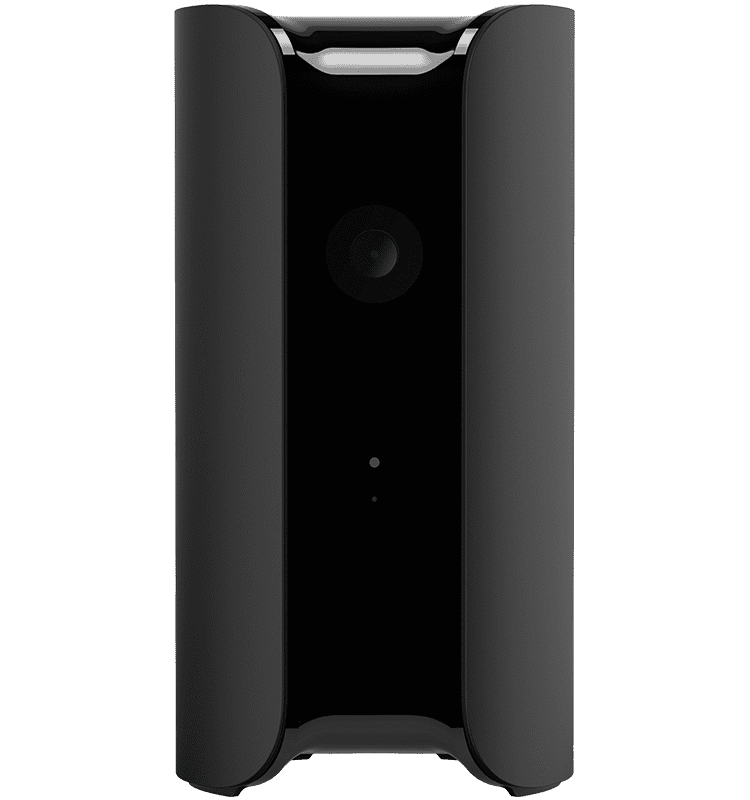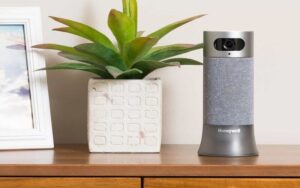
Simplisafe has a variety of security products, such as sensors, cameras and other security devices. It offers an extensive tutorial on its website and a customer service team that is ready to answer your questions.
The system uses wireless sensors to detect motion inside your home. It then sends a signal to a base station, which in turn alerts you or a monitoring service, if you have one.
This system has a cellular connection that is powered and a battery backup. If your Wi-Fi stops working, you won't be without power or Internet. The system comes with a lifetime cellular subscription, so you won't have to worry about using up your data or minutes.
Fast Protect (tm) is a company feature that prioritizes safety. This feature checks your video footage for suspicious activities, preventing false alarms. It also prioritizes verified alerts, which will increase police response time.

SimpliSafe offers systems that are extremely easy to install. Their customer service representatives will be happy to answer any questions you might have or help with problems. You can also upgrade or replace devices at any point.
Choose sensors and camera based upon your needs. You can choose from motion detectors as well as door and window sensors. Smoke and carbon monoxide alarms are also available.
Some of the advanced kits have panic buttons. These silently alert monitoring centers if a burglar gets close enough for an alarm to be triggered. The alarm can be set off by a single button, keypad, and optional keychain remote.
Choose from a range of models from a simple HD-720p to a 1080p HD-model that lets you see the outside of your door. Some cameras offer visual verification so that the monitoring center can view the camera feed when there is an intrusion.
This is a great way to keep your kids or pets safe without breaking the bank, and it's a great alternative to an expensive CCTV system.

While it doesn't work with as many smart home devices as Ring or Abode, SimpliSafe offers an Amazon Alexa integration that lets you arm your alarm in home or away mode and check its status from anywhere using your voice. This company also offers Nest support, so you should give it a go if your main concern is security.
Its customer service is excellent, with live agents available around the clock to assist you in case your alarm goes off or you have a question. You can contact them via email, social media, or phone.
The BBB awarded the company A+ status for its excellent reputation. It offers a money-back guarantee of 60 days, and its equipment has a warranty of three years.
FAQ
What security system should I choose?
The most important thing to consider when choosing the security system for your home is how valuable you are and what you have. The cheapest alarm system, which doesn't offer enough protection, is the basic one. You can either get a better one with more features, such as remote monitoring, video surveillance or access control.
What is the easiest method to install a home security alarm?
The best home security systems are those that do not require any installation at all. They're called "plug and Play" systems, because they do the job like magic. You simply need to plug them in to the power outlet and then connect them via a wireless router to the internet. Once connected, you'll be able to control everything from anywhere in the world.
How much does a good home security system cost?
A good home security system can cost about $2,500. Although it may seem expensive, the benefits of a secure and safe home are worth every penny.
Statistics
- Depending on your insurance, 24/7 professional monitoring may qualify you for as much as 15% off your premium. (safewise.com)
- Related questionsHome security systems that are 100% DIY (safewise.com)
- Cove sets you free without punishing penalties and fees, unlike other security solutions that charge 75% to 100% of your remaining contract. (safewise.com)
- Most home security companies will charge you around 75% of the remaining term of your contract if you cancel early—and some require 100%.Related questionsWhat type of contract length can I expect from security providers?Home security system cancellation (safewise.com)
External Links
How To
How to Install a Home Security System
A home security system monitors your property and alerts if there is any activity. It could be a motion detector, doorbell camera or smoke detector. A home security alarm system often includes one or two sensors (e.g., motion detections), which send signals to the control panel when they detect movement. The signals are then sent over to a control box where they are monitored and recorded. If something goes wrong, like someone breaking in to your house, the control panels sends an alert to your phone or tablet, your computer, or voice assistant. The control panel will notify you immediately so that you can take corrective action.
It is important to choose the right type and size of sensors to fit your home before installing a security system. There are two main types. Active and passive sensors. Passive sensors aren't powered by batteries. They just detect sounds and vibrations in their environment. They can be doorbells or sirens as well as buzzers. Active sensors transmit data by using electricity. Examples of such sensors include cameras and motion sensor.
There are many different brands of sensors available today. Each brand has its own pros and disadvantages. Some sensors can withstand extreme weather conditions, while others cannot. Some of them have built in speakers so that you can still hear them from outside. Others only work inside. Some have simple features, while others provide advanced features like night vision.
After deciding on the best type of sensors for your property, you'll want to choose a manufacturer. This will make sure that your sensors function well together. The hardware store should offer many choices.
After choosing a brand of sensors to use, you can decide how many to purchase. Depending on whether someone lives alone or with their family, most people buy one to two sensors. If you have plans to purchase additional sensors in the future, it might be worth buying more than you currently need.
Next, think about where you want them to go. Do you want them close to doors or windows? Are they best kept hidden? Before you put them anywhere on your property make sure you get permission. You should also ensure that they don't interfere with electrical outlets or other property features.
You now know where to place your sensors. Now you need a way for them to be connected to your control panel. You might need a power adapter for your setup. Once everything is set up, it's time to start monitoring your property.